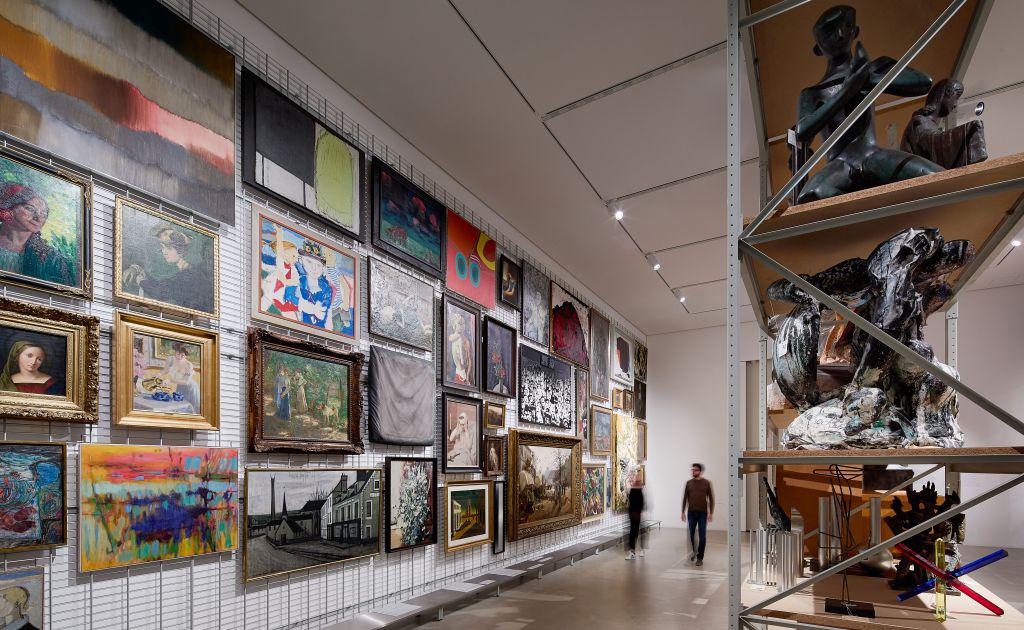
The Collection of Kunsthalle Mannheim
After its foundation in 1909, Kunsthalle Mannheim took on a pioneering role on the German museum scene with its modern collection concepts. As early as 1910, Fritz Wichert (1909-1923) acquired its most famous painting: Édouard Manet's "The Execution of Emperor Maximilian of Mexico". Gustav Friedrich Hartlaub (1923-1933) coined the term "New Objectivity" in 1925 and brought the realistic painting of the late 1920s to Mannheim. After the Second World War, the Kunsthalle became one of the leading museums with a focus on sculpture. It developed into a key museum of classical modern and contemporary art. The collection currently comprises around 2,300 paintings, 860 sculptures and installations, 34,000 graphic artworks, and 800 objects of applied art. In addition to masterpieces of painting and graphic art from Max Beckmann to Francis Bacon, the collection highlights include a range of sculptures from Auguste Rodin to Thomas Hirschhorn. It also features installations by Alicja Kwade, Rebecca Horn, William Kentridge, Joseph Kosuth and James Turrell.







